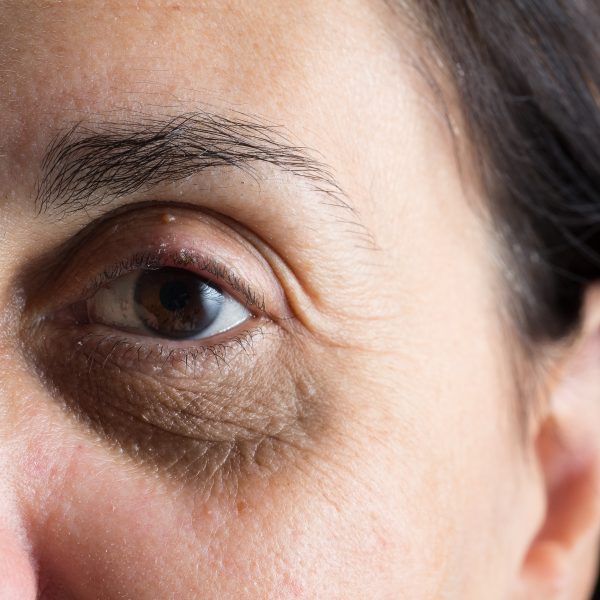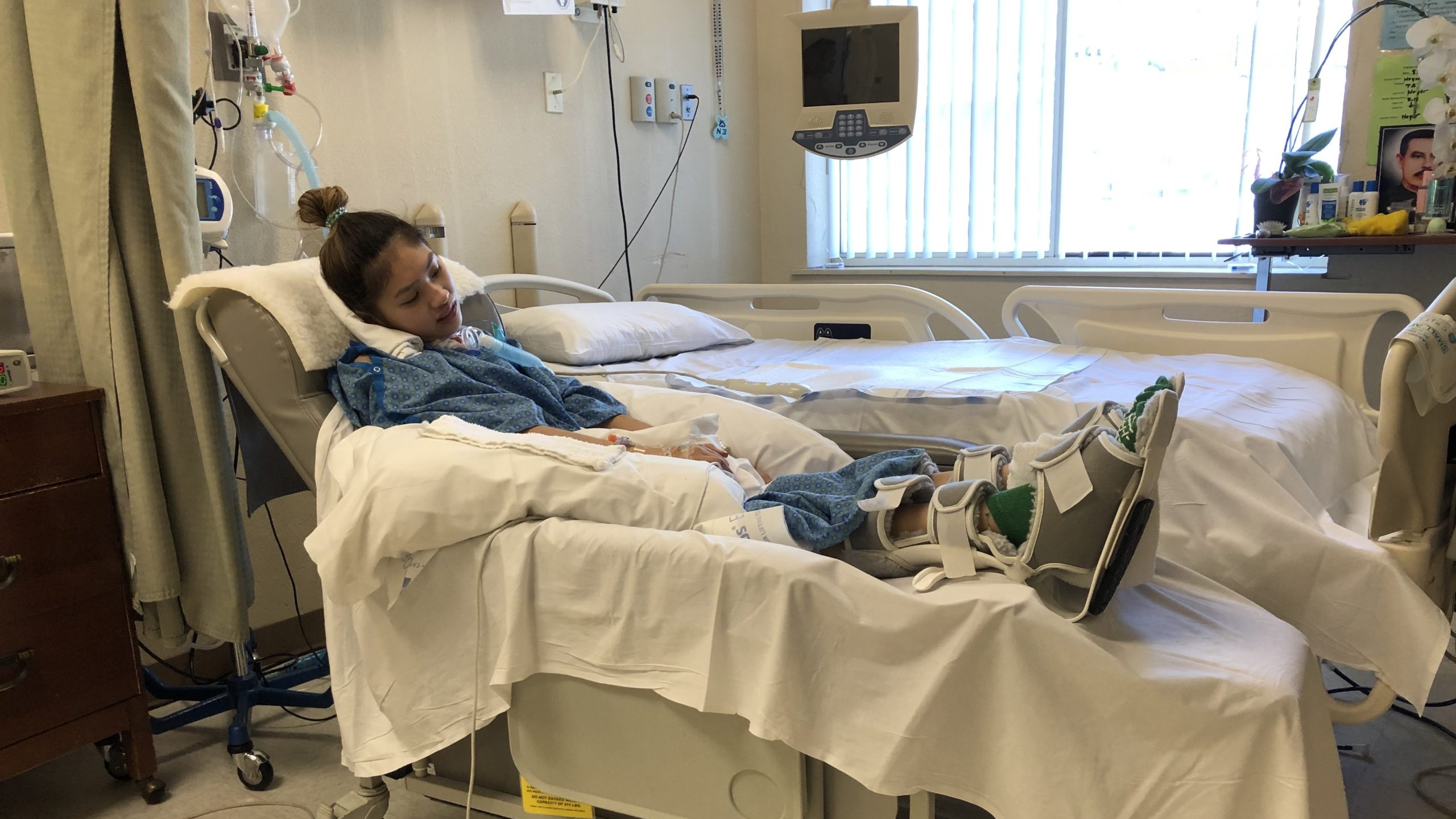
Reconstructive plastic surgery is a cosmetic procedure that helps people to overcome physical limitations caused by injury or disease. Surgical flaps are one of the techniques used during this procedure. Reconstructive Microsurgery can be used to treat any type of cancer. It is peer-reviewed and covers all aspects relating to plastic surgery, such as operative techniques, clinical research, case reports, and so on.
Breast reconstruction is a cosmetic procedure
To replace lost tissue, patients may have breast reconstruction surgery after a mastectomy. This minor cosmetic procedure can be done on women of all ages. The surgeon will attempt to match the new breast with the original one during the procedure. The final result might not look perfect. If a woman has had cancer treatment, she can delay reconstruction until she is finished.
Autologous fat grafting is a new type of breast reconstruction. This is tissue taken from another part. This fat tissue will be liquefied, then injected into your breast reconstruction. This procedure is used to correct certain deformities but can also be used in rebuilding a breast. It is also quite safe.

Reconstructive procedures include facial reconstruction
A variety of surgical techniques are used to reconstruct the face of a patient's facial appearance. These procedures can treat many facial injuries such as those to the cheeks or eyelids, noses, ears, lips, mouth, nose and ears. The symmetry and balance can be improved by facial reconstruction.
Facial reconstructive surgery is the process of reattaching blood vessels and skin. This procedure can be done in a doctor's office, an outpatient surgical center or in a hospital. The surgeon will collect a detailed medical history before deciding whether to use the patient’s tissue or a prosthetic to restore the facial structure.
Reconstructive microsurgery can be used to treat cancer.
Microsurgery, a surgical procedure used to repair or reconstruct damaged tissue or organs, is one example. This procedure uses the patient's own tissues and does not cause scarring. Patients also enjoy a faster recovery time and fewer complications. Additionally, patients can reduce their dependence on opioid pain medication. In some cases, patients may require physical therapy following the procedure. Many types of cancer can be treated by reconstructive microsurgery.
Reconstructive microsurgery can be a great way to repair a damaged area. The surgeon can use the patient’s own tissue or graft material from a donor. The tissue used in this procedure could be fat or skin, muscle, bones, or a combination.

Reconstructive surgery uses surgical flaps
Surgical flaps, which are often used to reconstruct the skin and face of damaged areas in the body, can be used. Surgical flaps have a number of benefits, including improving aesthetic results, extending surgeons' ability to treat patients who are too large for other methods, and allowing surgeons to remove previously unresectable cancers. Patients have also reported a better quality of their lives as a result. As new techniques are developed, cosmetic outcomes are improving, and technical success rates are approaching 100 percent.
There are many types and styles of surgical flaps. You can divide them into three groups: advancement flaps, distant pedicle and pedicled. The nature of the defect will determine the type of flap. Advance flaps can transfer skin from one location to another, while pivotal flaps do the same thing but without rotation.